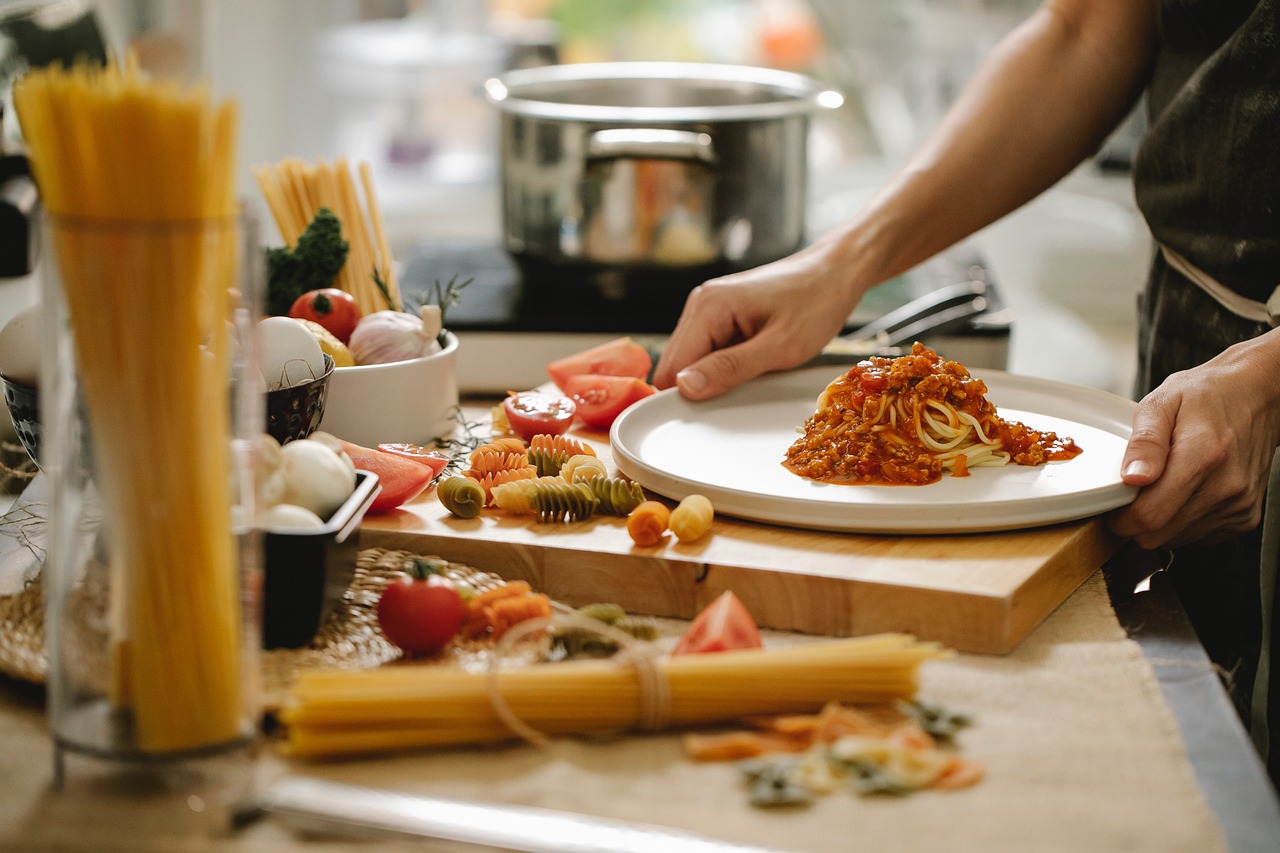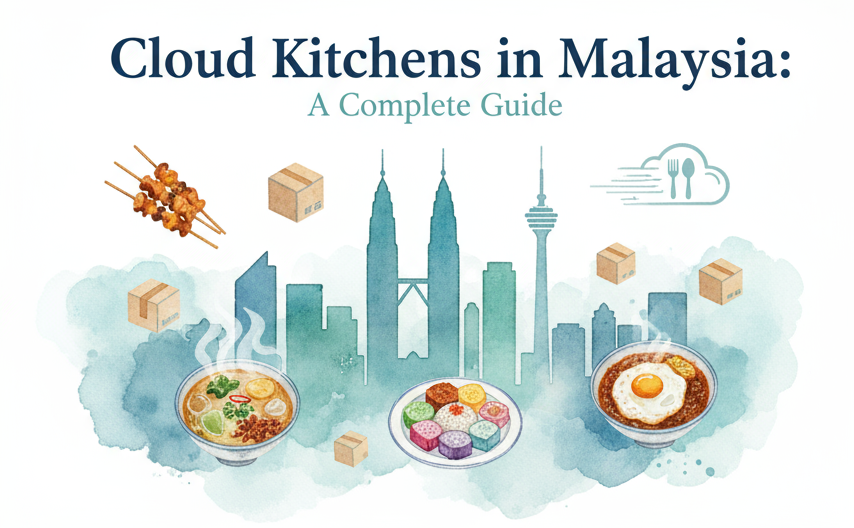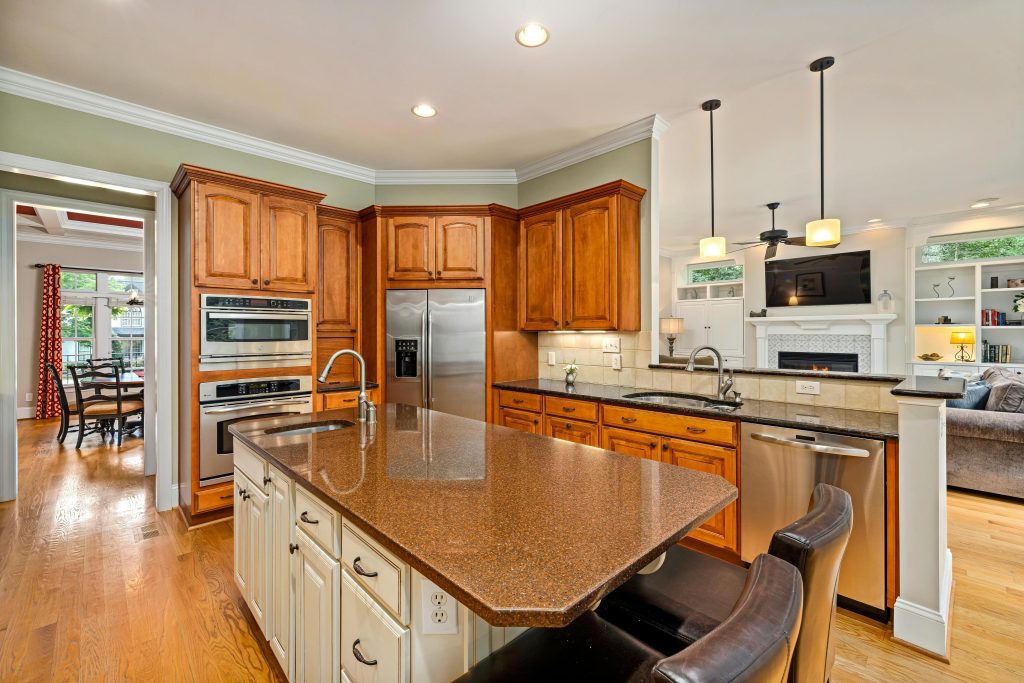The pandemic has changed the way we think about restaurants. Have you ever asked yourself, “Are brick-and-mortar restaurants still necessary?”
A cloud kitchen has no dine-in space, it majorly prepares food for takeaway or delivery purposes. Cloud kitchens host multiple brands under one roof. Ghost kitchens similarly don’t have dine-in space and prepare food for delivery purposes. Ghost kitchens have one single brand, but focus on wider delivery coverage.
But what’s the difference between these kitchen types, and how do they impact your business? Let’s break them down.
What is a Cloud Kitchen?
A cloud kitchen, like a delivery kitchen, doesn’t have a physical location where customers can dine in. But here’s where it differs: cloud kitchens host multiple brands under one roof.
For example, imagine having a kitchen that serves both a burger joint and a pizza brand. These different brands share the same kitchen space, making it more efficient and cost-effective. The chef could be the same, or you may have different chefs for each brand. Customers don’t need to know this — as long as the food is good, they won’t care who’s making it.
Cloud kitchens allow you to experiment with various food concepts without the heavy upfront investment of multiple locations. Plus, you reach a broader audience by offering different types of cuisine from a single space. This setup can help you scale faster and test out new ideas with minimal risk.
Key Takeaway:
- No physical outlet
- Multiple brands operating under one kitchen
What is a Ghost Kitchen?
The name “ghost kitchen” might sound spooky, but the concept is straightforward. A ghost kitchen operates similarly to a cloud kitchen but with a twist. Ghost kitchens exist entirely online and usually run under one brand but have a presence in multiple locations.
Here’s what makes them unique: ghost kitchens use a central kitchen to prepare food, and then they deliver that food to customers across a wide area. The food might be coming from one kitchen, but it appears in different delivery apps as if it’s from several locations.
A ghost kitchen lets you reach more customers without physically expanding your business. But, since everything is digital, you must rely heavily on online platforms to generate orders. A downside to this is the high commission fees these platforms may charge, which can cut into your profits.
Key Takeaway:
- No physical location for dine-in
- Food is prepared in a central kitchen
- Appears in multiple locations through delivery apps
Cloud Kitchen vs. Ghost Kitchen: What’s the Difference?
Now, you might be wondering: “What’s the difference between a cloud kitchen and a ghost kitchen?” While they may sound similar, the key difference lies in how they operate and their presence.
- Cloud kitchens might house different brands under the same roof, while Ghost kitchens host only 1 single brand under the kitchen space.
- Cloud kitchens focus on expanding the reach of all the brands under the roof, while ghost kitchens focus on expanding the reach of a single brand.
- Cloud kitchens have shared kitchen space but different concepts, while ghost kitchens have one brand and the same concept for multiple delivery locations.
- Cloud kitchens focus on a variety of food from multiple brands but ghost kitchens focus on one brand but a wider delivery range.
If you’re thinking of starting a cloud or ghost kitchen, it’s important to know their disadvantages as well.
What are the disadvantages of Cloud Kitchens?
Cloud kitchens can get overwhelming. With multiple brands operating under one roof, managing the logistics, inventory, and staff becomes challenging. If you’re not prepared, the kitchen could turn chaotic, leading to delays and mistakes. Also, competition among the brands you host can be fierce.
What are the disadvantages of ghost kitchens?
The biggest disadvantage of ghost kitchens is that they rely entirely on delivery platforms. If these platforms increase their commission fees, your profit margins could shrink. Moreover, without a physical presence, building a loyal customer base becomes harder. People miss the connection and experience they get from dining in a restaurant.
What is a Delivery Kitchen?
A delivery kitchen is a restaurant that only exists online. Customers can’t walk in, sit down, or even pick up their food themselves. Instead, everything is delivered directly to their doorsteps.
These kitchens don’t need expensive real estate or front-of-house staff. They only focus on preparing food and delivering it. In terms of setup, you’re running one kitchen for one brand. Think of it as a restaurant without tables, chairs, or décor — just-food.
Key Takeaway:
- No physical restaurant
- One brand under one or multiple kitchens
- Focus on delivery only
What is a Central Kitchen?
The central kitchen is the oldest concept on this list. It’s a common kitchen that supports multiple branches of a restaurant by preparing food in one place and distributing it to different outlets. Think of it as the engine room of a big restaurant chain.
Central kitchens are all about efficiency and consistency. They allow you to buy ingredients in bulk, prepare food in larger quantities, and ensure that every dish across your restaurant chain tastes the same. Central kitchens are especially helpful for food trucks or pop-up restaurants that need additional space or resources to keep up with demand.
Smaller restaurants can also rent space in central kitchens if they need extra room for preparation and storage.
Key Takeaway:
- Physical location
- Supports multiple branches of the same brand
- Focus on bulk preparation and consistency
In summary, delivery kitchens, cloud kitchens, ghost kitchens, and central kitchens all offer exciting new ways to run a food business. Whether you want to focus on one brand or many, these models give you the flexibility to operate without the high costs of a traditional restaurant.
As the world continues to shift towards online food ordering, kitchens without a physical presence will likely keep growing. According to Statista, the food delivery segment is projected to reach $192 billion by 2025. That’s a huge market opportunity for restaurant owners like you.
However, each kitchen model has its challenges. It’s essential to choose the one that fits your goals and capabilities. Whether you’re managing multiple brands in a cloud kitchen or reaching new customers through a ghost kitchen, these models allow you to focus on what really matters—your food.
At the end of the day, managing inventory, orders, and staff can still be tricky, no matter which kitchen you choose. This is where technology like a good POS system can help. Make sure to use the right tools to streamline your operations and maximize profits.
If you’re ready to upgrade your kitchen, consider trying out these new models. Your customers are waiting, and the future of food is already here.




